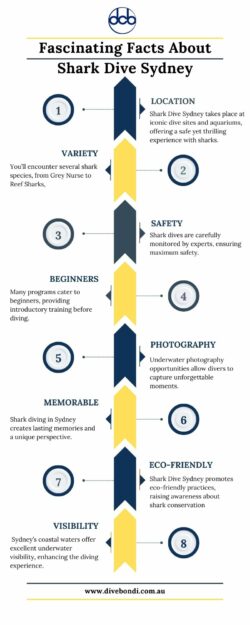Top5 Reverse Number Lookup
Unmasking the Sender: How Reverse Email Lookup Can Help You
How to Get the Best Out of Reverse Email Lookup
In today’s digital age, communication has become an essential aspect of every aspect of our lives. We communicate through emails, social media, and other communication channels. Email, in particular, has become a popular mode of communication, and it’s not uncommon to receive emails from strangers. Sometimes, you may want to know more about the sender of an email or verify that an email is legitimate. This is where reverse email lookup comes in.
Reverse email lookup is a tool that enables you to find out more information about an email address, such as the name of the sender, their location, and other details. In this post, we’ll explore how to get the best out of reverse email lookup and the benefits of using it.
Top Benefits of Reverse Email Lookup
1. Verify the Legitimacy of an Email
One of the most significant benefits of reverse email lookup is that it enables you to verify the legitimacy of an email. Scammers can use fake email addresses to scam people; however,reverse email lookup can help to identify potentially fraudulent emails. By conducting a reverse email lookup, you can determine whether an email is from a legitimate source or not before engaging with the content.
For instance, a friend of mine recently received an email from a bank requesting her to update her bank account details. The email provided a link to a website where she could update her account. She suspected that the email was not legitimate and conducted a reverse email lookup. She discovered that the email was from a phishing scam, and the website the email linked to was fake.
2. Find Out More Information About the Email Sender
Reverse email lookup can help you find out more information about the sender of an email. Sometimes you may receive an email from someone you do not know or have not communicated with in a long time. By conducting a reverse email lookup, you can find out more information about the sender, such as their name, location, and occupation.
For example, a colleague of mine received a job offer via email from someone he had never heard of before. He conducted a reverse email lookup and discovered that the sender was an HR professional working for a reputable company. Armed with this information, he felt more confident to engage with the sender and ultimately secured a job offer.
3. Protect Your Privacy
Reverse email lookup can also help to protect your privacy. By conducting a reverse email lookup on a sender’s email address, you can determine whether or not they are legitimate before engaging with them. Additionally, you can use reverse email lookup to uncover any personal information that may be linked to your email address.
For instance, a client of mine recently discovered that their email address was being used by a third party to conduct fraudulent activities. By conducting a reverse email lookup, they discovered that their email address had been compromised and immediately took steps to rectify the situation.
How to Conduct a Reverse Email Lookup
There are several methods you can use to conduct a reverse email lookup. Some of the most popular methods include:
1. Search Engines: You can use search engines such as Google or Bing to conduct a reverse email lookup. Simply enter the email address into the search engine and see if any results come up.
2. Social Media Platforms: Some social media platforms such as Facebook and LinkedIn allow you to search for people using their email addresses. You can simply enter the email address into the search bar on these platforms and see if any results come up.




















































